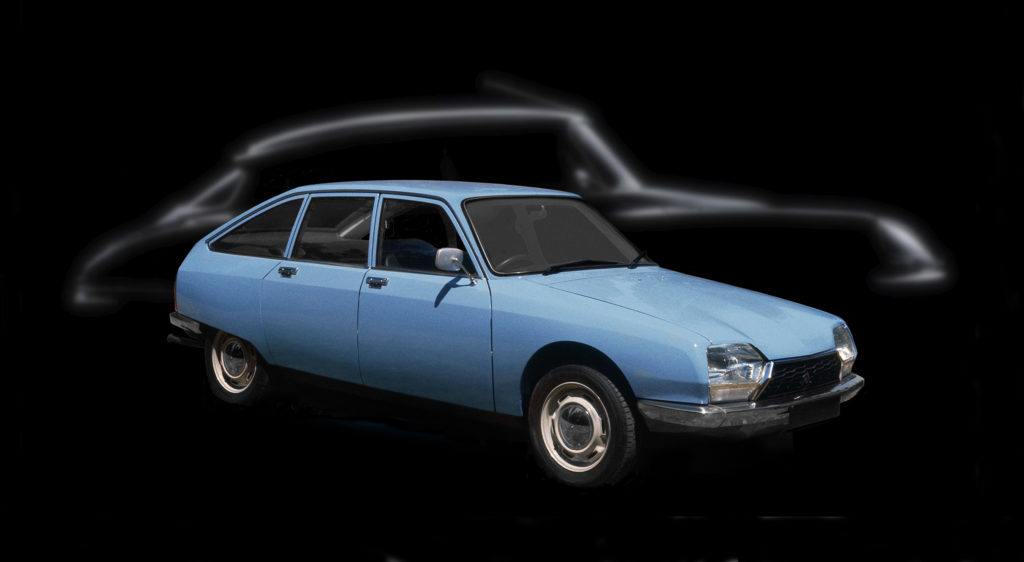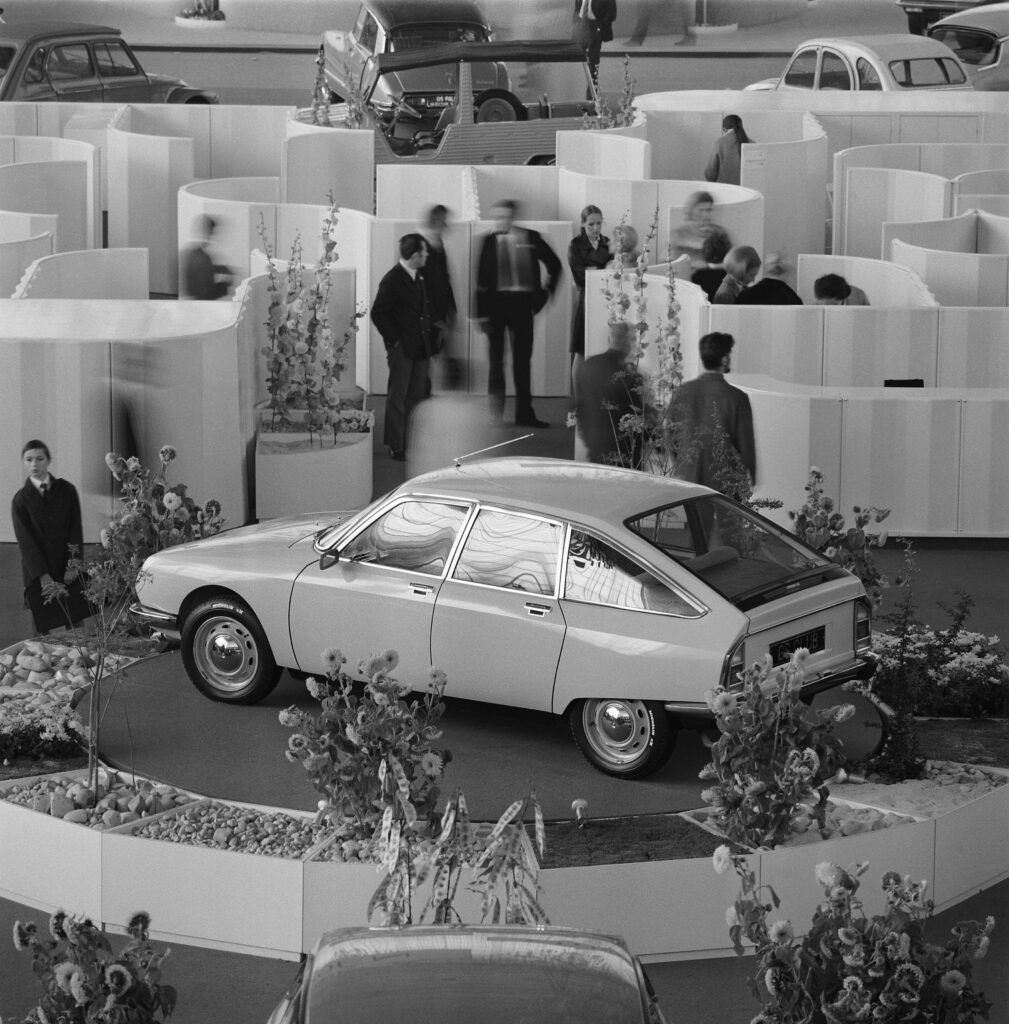Road & Track Reiterates What We’ve Been Saying – GS is the Technical Tour-de-force
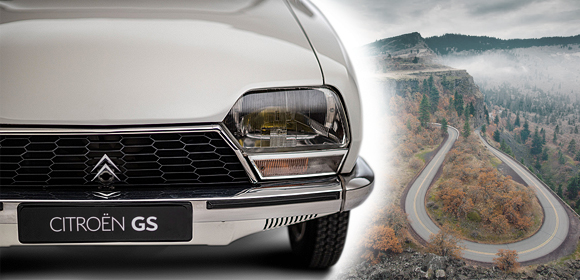
Earlier this month Chris Perkins at Road & Track reiterated what we’ve been saying for saying for years — the GS is the technical tour-de-force.
To get their readers’ attention he titled the article “In a Just World, Everyone Would Drive a Citroën GS” and though that may be a stretch, fact is that it did meet with instant market acceptance and was the largest selling Citroën model for many years.
The GS was the result of a decade of Citroën refinement commencing with the C60 prototype in 1960.
Slated to replace the Ami 6 which utilized a similar 2 cylinder engine to the 2CV, the C60 had a flat four air-cooled engine and employed hydropneumatic suspension like the DS.

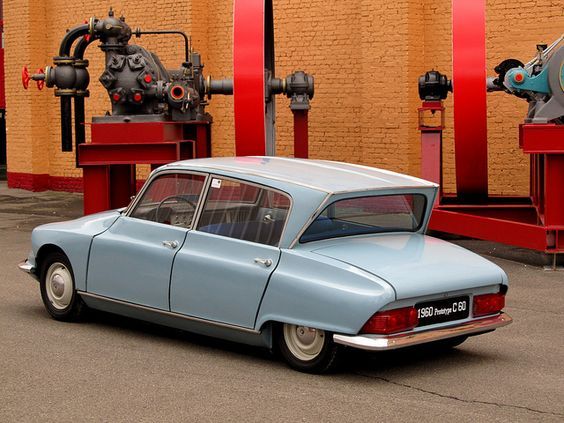

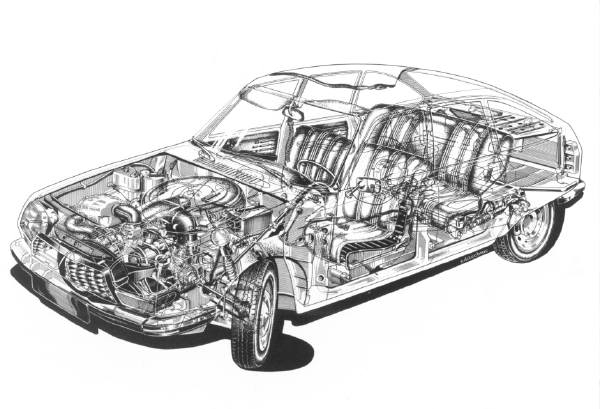
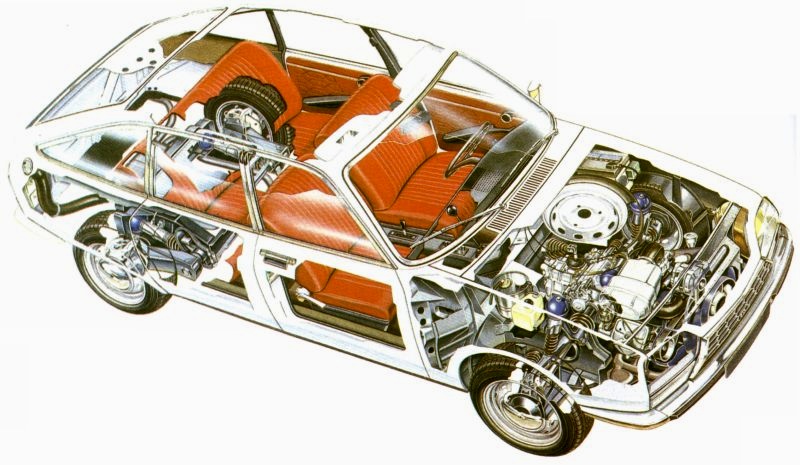

Getting the GS into production was a huge expense. It was the first Citroën to be manufactured on a modernized (by 1970 standards) production line. Even more innovative because though the GS was unibody, it utilized cradles front and back for the drivetrain, brakes, full hydraulic suspension and wheels that were first assembled on a jig serving as a temporary alignment platform prior to mating them to the body. Here’s a short 1-minute video of that process:
The level of comfort, spacious cubic trunk, and exemplary ride made for it being awarded European Car of the Year for 1970. The other new Citroën introduced that year, the SM, had to wait until 1971 for the same honour.
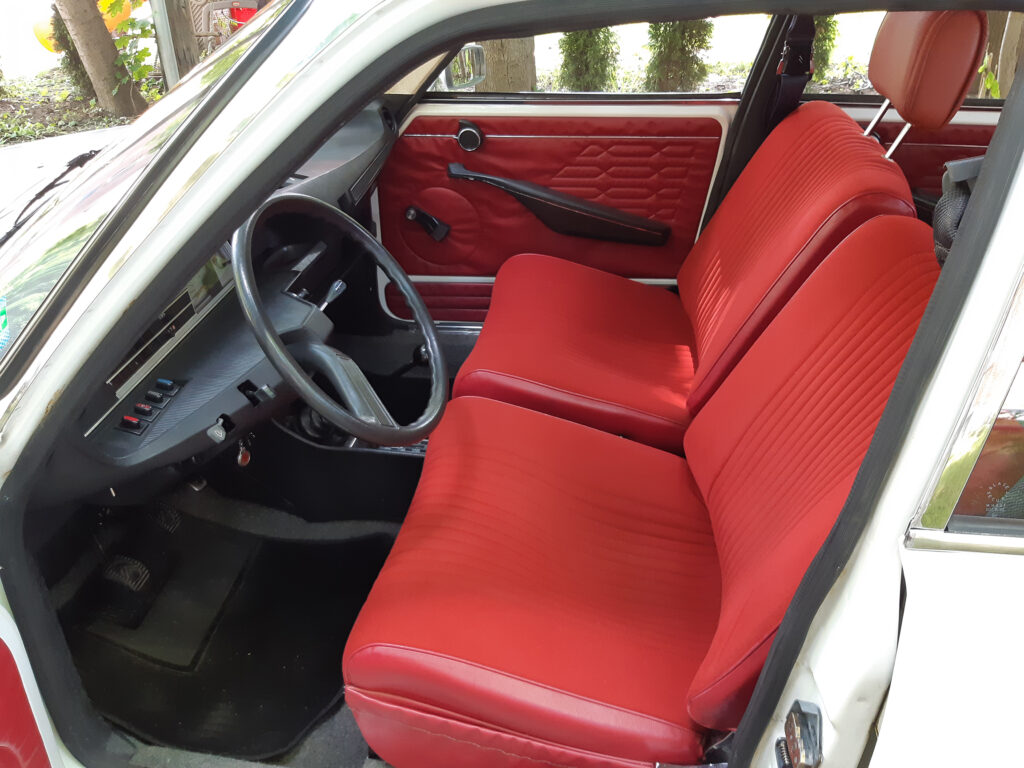
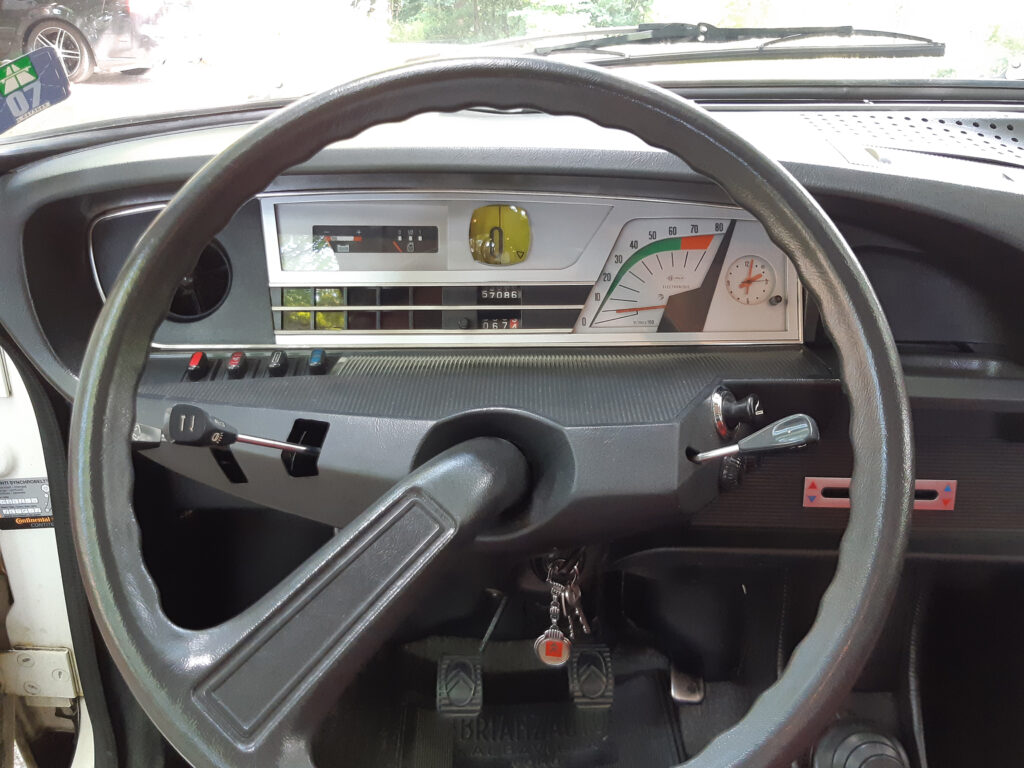
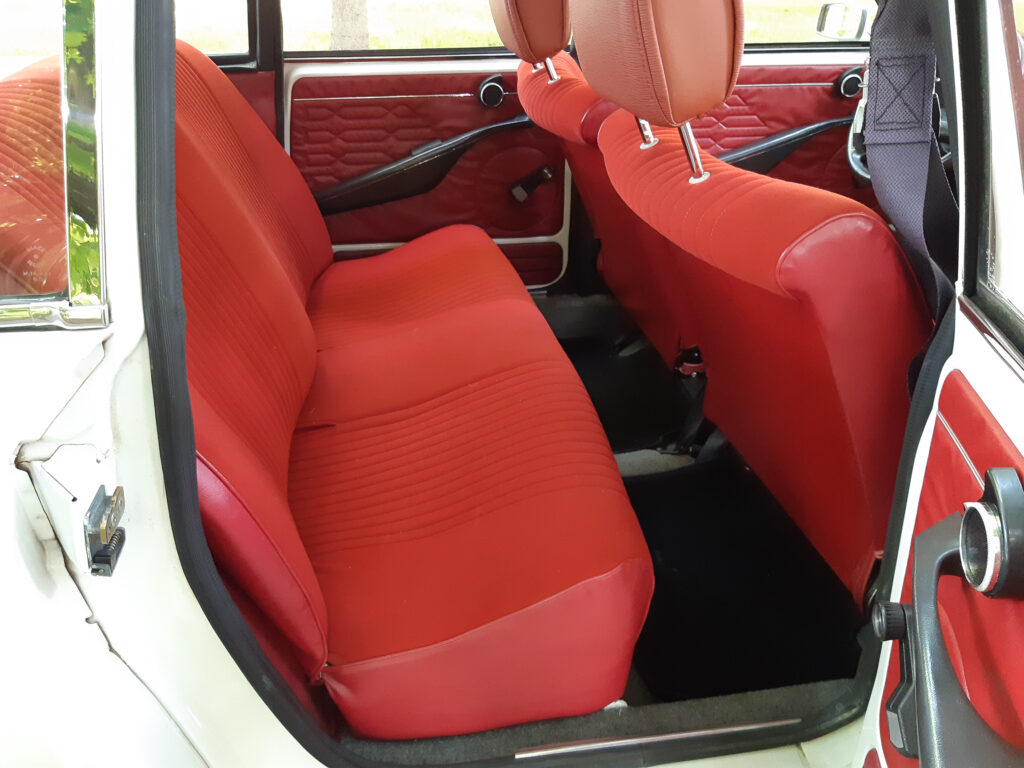
While not everyone in the world would come to own a GS, 1,896,742 GS models and 576,757 GSA models were produced in total. Quite an accomplishment for a vehicle that is relatively rare these days and seems to be overlooked by Citroën collectors. We’re pleased that Road & Track has discovered this Citroën gem.
Read why they are so keen on the GS here: https://www.roadandtrack.com/car-culture/a42747658/citroen-suspension-gs-technical-analysis/
